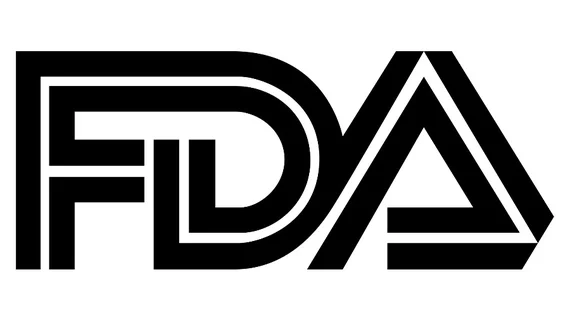Postmarket mortality for Impella RP exceeds rate from earlier trials
Survival rates for patients treated with Abiomed’s Impella RP right ventricular assist device have been much lower in a postapproval study than they were during the device’s premarket clinical trials, the FDA said Feb. 4 in a letter to physicians.
Out of 60 patients who received the temporary right heart pump system in the premarket approval (PMA) study, 73.3 percent survived at least 30 days after the device was removed or until another longer-term therapy was started. Among the 23 individuals enrolled so far in the postapproval study (PAS), only four (17.4 percent) met that primary survival endpoint. The Impella RP was approved in 2017 to provide right ventricular support for up to 14 days.
“Although the FDA is concerned about the high mortality rate from the interim PAS results, we believe that when the device is used for the currently approved indication in appropriately selected patients, the benefits of the Impella RP system continue to outweigh the risks,” the FDA said in its letter, which was signed by William Maisel, MD, MPH, the chief medical officer of the agency’s Center for Devices and Radiological Health.
The FDA noted 16 of the 23 patients (69.6 percent) in the PAS wouldn’t have met the stricter inclusion criteria of the premarket trial, a point echoed by Abiomed in its own letter to physicians on Jan. 31. Specifically, patients in the PAS were more likely than those in the premarket trial to have been in cardiogenic shock for longer than 48 hours, experienced an in-hospital cardiac arrest, been treated with an intra-aortic balloon pump or suffered a pre-implant hypoxic or ischemic neurologic event.
The FDA pointed out its approval of the Impella RP was based on studies that didn’t include patients with these clinical events, so expectations may need to be adjusted if clinicians opt to use the devices in higher-risk patients.
“Physicians should be aware that the occurrence of one or more of these events prior to Impella RP implantation may decrease expected survival rate,” the letter said. “Carefully consider these interim survival results from the ongoing PAS when making treatment decisions and discuss the risks and benefits of the Impella RP System with patients and their caregivers.
“Additionally, be aware that there are currently no other device interventions that have been approved by the FDA under the premarket application (PMA) process for the patient population demonstrating a higher mortality rate in the PAS and as such, other interventions pose risks, as well, that should be considered and discussed with patients and their caregivers.”
Abiomed said in a statement the PAS patients were “statistically sicker and may not have been appropriate candidates to benefit from right side mechanical circulatory support.” The company provided a checklist it developed with the FDA to guide patient selection for the heart pump.
“Abiomed advises all clinicians to review the PMA study inclusion and exclusion criteria and asks that physicians recognize that patients falling outside of those criteria may be too ill to benefit from the device,” Abiomed said in its letter to physicians. “If you are still considering use of the device in salvage, last attempt, patients who do not meet the checklist appropriate use criteria, Abiomed suggests that the decision to use the Impella RP be preceded by a discussion with the patient’s family regarding the expected outcome of a critically ill patient, with high risk of mortality.”

